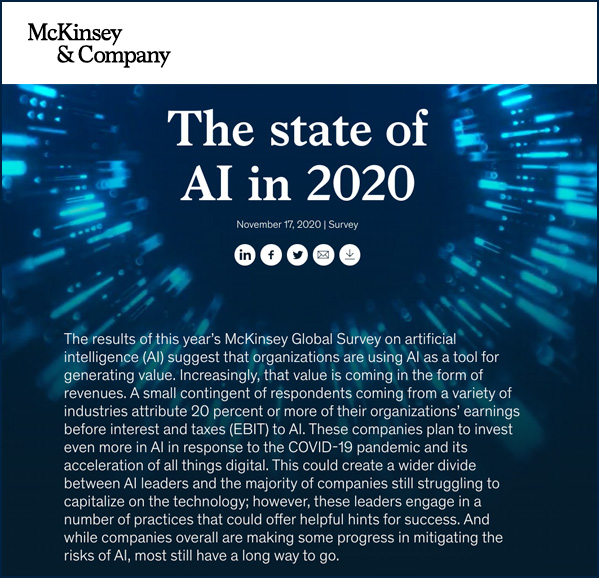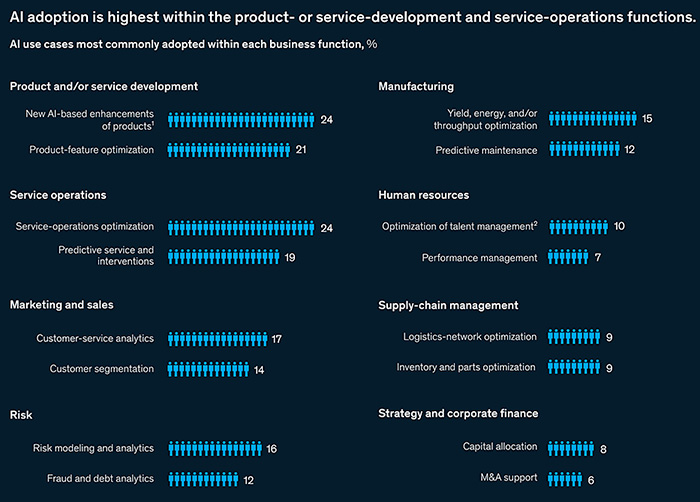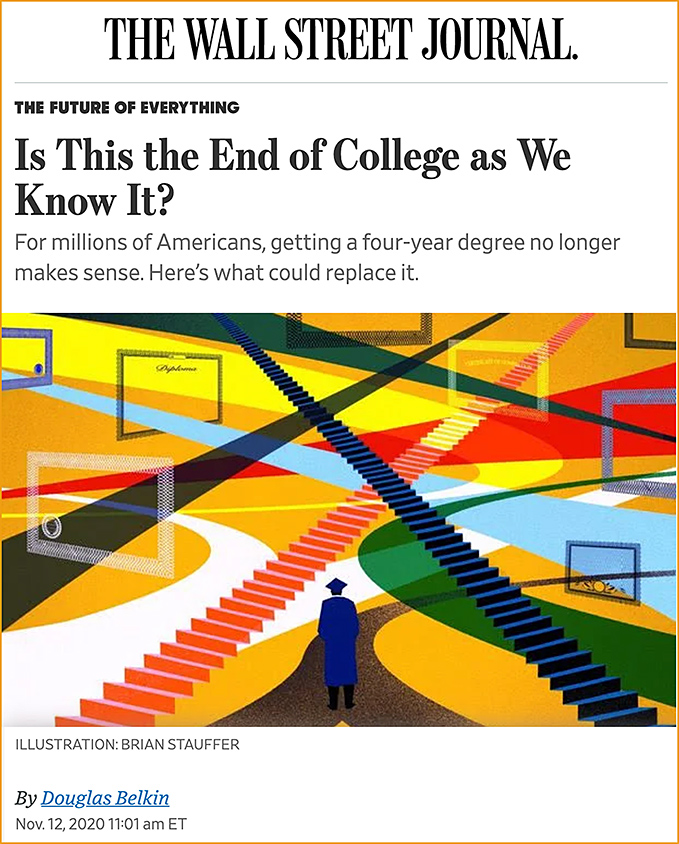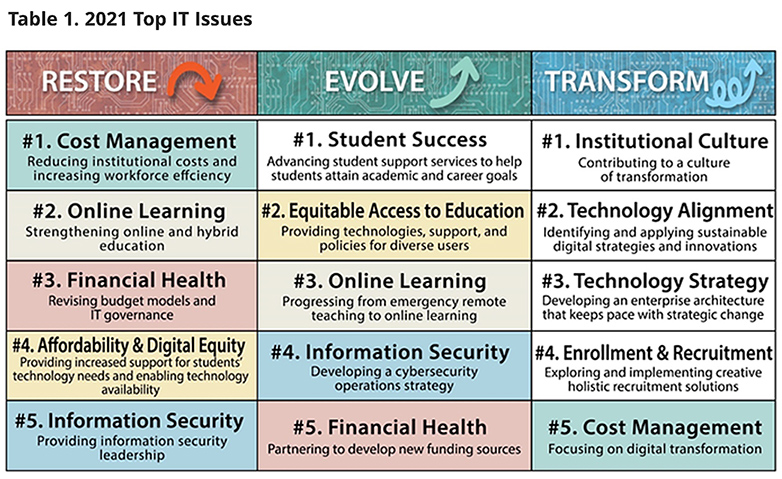Hundreds are seeking legal aid for eviction, unemployment and debt tied to pandemic. A new one-stop site provides free help — from friendly robot guides. — from chicagotribune.com by Darcel Rockett
Excerpts (emphasis DSC):
But the legal aid community knew the need for their help would be dire, as COVID-19 pummeled the economy and left people financially strapped, unemployed and unable to pay their rent. They’ve sounded the alarm, warning of what could be the worst housing crisis in U.S. history, with up to 43% of American renters facing eviction in the coming months.
…
At the end of November, the state’s legal aid system launched a new site, Illinois COVID H.E.L.P. (Housing and Economic Loss Prevention), for residents in need of help finding employment or with unemployment benefits assistance; aid with personal debt and bankruptcy; housing or disputes between tenants and landlords; and wills, estates and guardianship.
Also see:
- Pandemic Pushes Corporate Law Department Upgrades, Study Finds — from news.bloomberglaw.com by Brian Baxter
Excerpt: “The coronavirus pandemic is accelerating a transformation of corporate law departments, from technology use to staffing levels, said a survey released Thursday. Nearly 75% of departments significantly or moderately increased adoption of legal technology compared to last year, according to an HBR Consulting analysis.”













